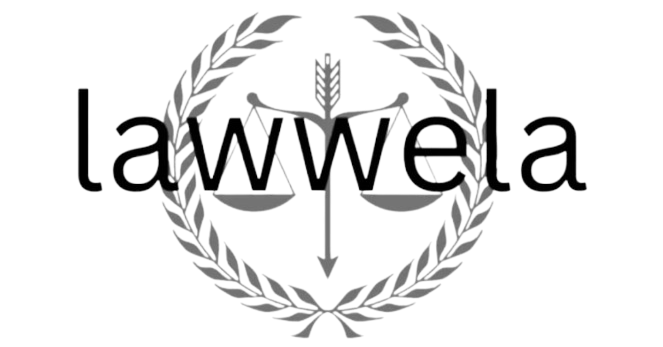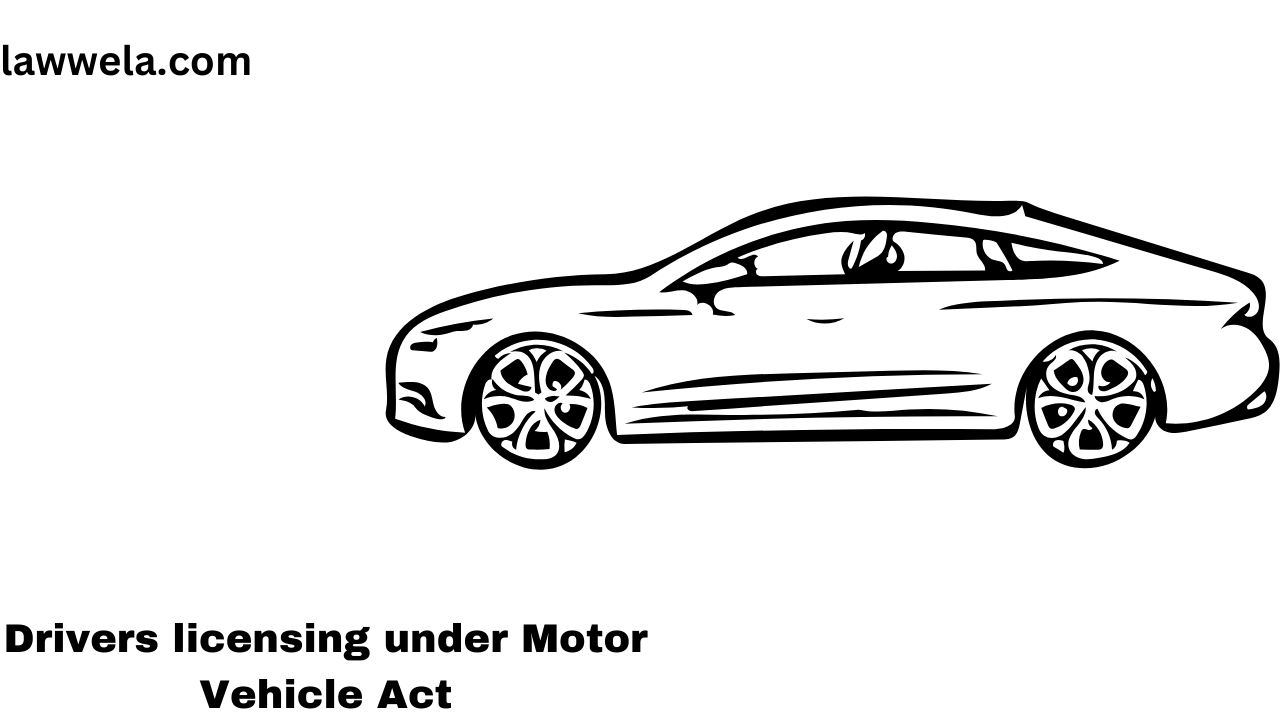The Motor Vehicle Act, of 1988 is approved by the Indian parliament. It includes all the issues regarding road transport vehicles. The Motor Vehicle Act came into force on 1 July 1989. This act provides the rule regulation for every individual relating to traffic rules driver licenses, liabilities, penalties, etc. It is a law related to torts that says has every injury has a remedy. Every individual who gets injured by the vehicle can claim compensation for their loss. The Motor Vehicle Act 1988 aims to provide compensation to all the harmed persons.
What are the offenses under the Motor Vehicle Act?
- Drive a vehicle without a license
- When a minor child drives a vehicle
- When you allow someone else to drive a vehicle without a license
- Fails to produce the documents
- Drive a vehicle without a permit or registration
- Drive without helmet
- Overspeeding the vehicle
- Drive a car without a seat belt
- Drive a car when you are under the influence of alcohol, drugs, etc
The important sections under the Motor Vehicle Act
Section 3 of the motor vehicle act
Under this section, a person cannot drive a vehicle without a driving license in public. Furthermore, a person is not permitted to drive any transport vehicle other than a motor taxi or bicycle on their own or they can rent the same under any scheme except their license allows them.
The conditions above mentioned shall not apply in India to drive a vehicle unless the central government allows them.
Section 4 of the Motor Vehicle Act
This section provides the age limit when a person can apply for a driver’s license. In which no person can be permitted to drive a vehicle in public until they attain the age of 18 years. Also, a person can drive after the age of 16 a vehicle that has less than 50 cc engine capacity.
No individual is permitted to drive public transport until the age of 20.
For the learners or permanent license, every individual had to clear the test to qualify to drive a vehicle in public.
Section 5 of the Motor Vehicle Act
Under this section, no owner should be allowed to drive their vehicle, le any individual who has no driving is not allowed under sections 3 and 4 of the Motor Vehicle Act. If the children without license drive their parent’s vehicle then the parents will be prosecuted under the law.
Section 19 of the Motor Vehicle Act
If a person is using the vehicle for drug deals or psychotropic substances which are cognizable offenses then the commanding officer can disqualify or revoke the driving license of that person.
Section 20 of the Motor Vehicle Act
This section provides the reason to disqualify the driving license of any individual by authorities which are:
- When a person is not stopping the vehicle when the police officer tells them to stop.
- Provide the information about the vehicle to the police officer
- Drive an unregistered vehicle
- Racing without permit
- When a person is involved in an accident and does not help the victim to provide the medical facilities.
Section 39 of the Motor Vehicle Act
Under this, no individual is allowed to drive a vehicle and the owner of any vehicle shall not be allowed to be permitted to drive the vehicle unless the registration is done. If it is done then the owner of the vehicle will be responsible for any cause.
Section 66 of the Motor Vehicle Act
This section deals with the permits for transport vehicles used in public places which are:
- A person can only use the transport vehicle if they have all the valid authorization.
- The Central or government vehicles like ambulances fire brigade police vehicles, and also those vehicles which are loaded with weights not more than 3000 kg are exempted from the permission.
- The educational institutional bus requires a permit to drive.
Section 112 of the Motor Vehicle Act
This section deals with the speed limits of the vehicle which are:
- No one is allowed to drive a vehicle at the exceeding speed limit or minimum speed limit specified by the area.
- But in exceptional cases like for the safety of the public or due to natural, bridge damage then the central and state governments can allow and will not take any action.
Section 113 of the Motor Vehicle Act
This section deals with the weights and their limitations on use which are:
- The drivers are prohibited from driving a vehicle without pneumatic tires.
- A person can drive a vehicle with weights only if the carrying weights on the vehicle are specified on the registered certificate.
- If the driver is caught with heavy weights on the vehicle then the court will assume that the offense is done on the knowledge of the owner.
Section 129 of the Motor Vehicle Act
This section deals with wearing helmets for the protection of drivers which are:
- It is necessary to wear a helmet if you are driving a two-vehicle for safety. If somebody does not wear a helmet they will be punishable or the police can seize their vehicle also in some circumstances.
Section 163A of the Motor Vehicle Act
This section deals provide the compensation on the circumstances which are:
- If there is an accident happens the owner of the vehicle they are responsible for paying the compensation amount to the victim or the legal heirs of the victim.
- For the compensation, the victim does not have to prove the cause of the accident.
Section 166 of the Motor Vehicle Act
This section deals with the application form of compensation which are:
- The complainant has to file the complaint for claim under the motor vehicle claim tribunal for compensation.
- The application form made by whom
- A person whose property is damaged or involved in an accident
- A person who got injured
- Legal heirs of the person who got injured or died in the accident
Section 177 of the Motor Vehicle Act
This section deals with the punishments or penalties of the offenses which are:
- For any individual who violates the rules or notification by the Motor Vehicle Act the penalty is Rs. 100 and the second time it increases to Rs. 300
Section 181 of the Motor Vehicle Act
This section deals with the requirements of the driving license
- If anyone is caught driving a vehicle without a driving license then they will be punished by a maximum of 3 months of imprisonment or a 1000 rs fine or both.
Section 184 of the Motor Vehicle Act
This section deals with dangerous driving which are:
- If any person is caught driving the vehicle dangerously then they will be punished with six months imprisonment or a 1,000 fine and for the second time offender if it happens within 3 years of the previous offense the punishment will increase to 2 years or a fine of 2000.
Section 185 of the Motor Vehicle Act
This section deals with drunk driver offenders which are:
- If a person is consumed more than 300 milligrams per 100 milliliters of blood it will be analyzed by a breath detector machine or
- If a person is not in the sense to control them and try to drive the vehicle.
- For the first-time offender, it will be punishable for 6 months which can be extended or fined at 2000 Rs or both.
- For the second-time offenders, if it happens within seconds of the previous offense the punishment will increase to 2 years or a fine of 3000 Rs or both.
Penalties under the Motor Vehicle Act
- Section 177 the general offences will be fine with 500 rs.
- Section 177A violation of rules of road regulation will be fine with 500 rs.
- Section 178 traveling without a ticket will be fine 500 rs.
- Section 179 when people disobey the orders of the authorities will be fined 2,000 rs.
- Section 180 when any person fined an unauthorized vehicle uithwithouticense will be fined 5,000 rs.
- Section 181 when any person drives without a license will be fined 5,000 rs.
- Section 182B a person driving an oversized vehicle will be fined 5,000 rs.
- section 183 If a person drives over speed it will be punishable by 1000 rs or 2000 rs for MPV and the license also be seized.
- Section 185 drunk and driving will be fine with 10,000 rs.
- Section 192A vehicles without permits will be fined 10,000 rs.
- Section 193 driving and riding without a license for aggregators will be fine with 25,000 to 1,00,000 rs.
- Section 194 for overloading the fine is 20,000 to 2,000 per extra tone.
- Section 194A for overloading the passengers the fine is 1000 per passenger.
- Section 194B seat belt the fine will be 1,000 rs.
- Section194D without helmet the fine will be 1,000 and 3 months of license disqualification.
- Section 193E does not provide a way for the emergency vehicle the fine will be 10,000 rs.
- Section 199 if the offender is juvenile the fine will be 25,000 rs with 3 years of imprisonment
- Under the hit-and-run cases, the compensation was 2,00,000 to 10,00,000 according to the injuries.
Conclusion
This act provides the rule regulation for every individual relating to traffic rules driver licenses, liabilities, and penalties rules as we know there so many road accidents are increasing. For the betterment of society, the Motor Vehicle Amendment Bill 20 is to provide compensation for various issues regarding vehicles, roads, and transport. So now increasing the fines and penalties people are more aware and reduce reckless driving also follow the rules because the accidents reduce and provide safe roads.

